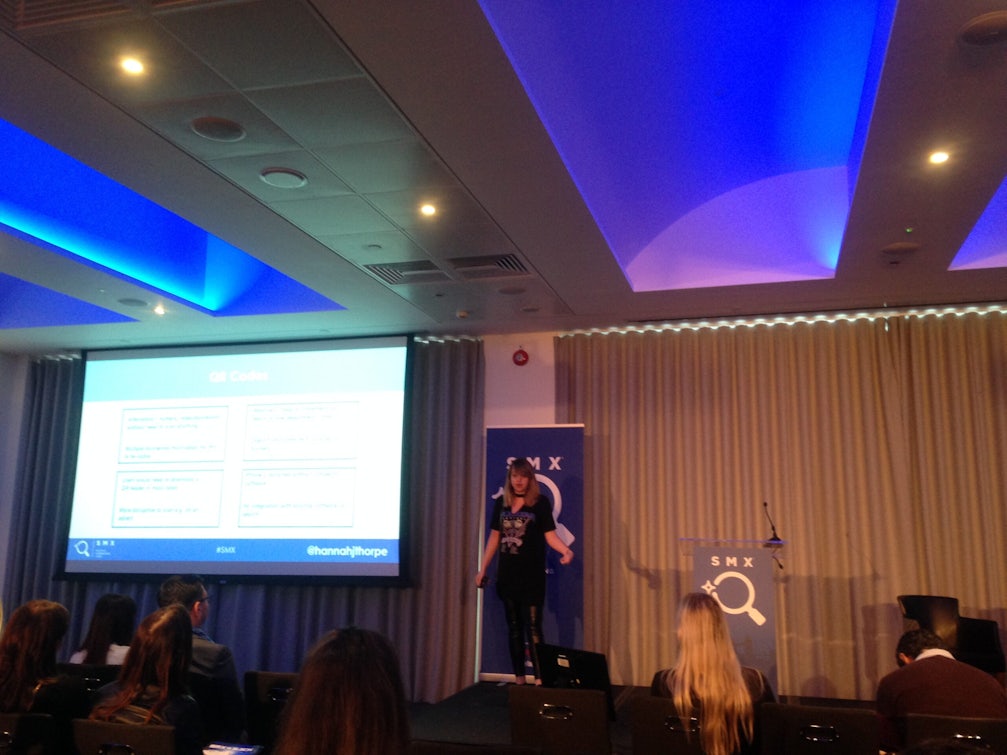Hannah’s agency Found doesn’t work in one industry. They work in lots. Which is why they work with trends. And why they know that everyone has constraints on their business.
As SEOs, we always have that trade off. We can optimise for what works now, or we can think about what we can optimise for the future.
She gave an example from Ian Lurie and Search Love 2015. He asked if, if Google said red websites rank better, you’d change your website to red.
What if that doesn’t take into account that half your users don’t like red? What if it takes time to get that change made? What if Google comes out next month and says another colour is better?
So we need to be aware of what’s going to affect us in future.
What is future proof?
Here’s a list of things we should think about when considering whether something is future proof:

But there are hundreds more factors that inform whether a trend is going to stay around or not.
So using these examples, Hannah has put together these four criteria in which to assess new ideas:
- product/technology
- cost
- users
- connections
Product/tech
Are there barriers to entry? What’s the MVP to a full launch? Are there any obvious roadblocks?
Then think about competitors. What’s the alternative to this? Could a stronger competitor launch (competing against the product you’re investing in).
Patents too. When was it filed? Are there any related patents? Read SEO by the Sea to keep up.
Cost
Financial and time – what will it cost you? And what is the opportunity cost? If it’s going to take up all your developers’ time, what else could they have been doing?
Users
Adoption process; is there a need to download in order to use it?
Can it work on multiple devices?
How do you share it with others?
In terms of familiarity, will people trust it, will they know how to use it?
Connections
Are there any existing partnerships with pre-existing systems? Is it backed by any big brands?
Assessing new technologies
Hannah used the example of QR codes.
There were plenty of alternatives. Users would need to download a QR reads. It was very cheap. But it didn’t have a USP and was rubbish for users, so it died.
Then she looked at AMP in the same way:

Trends
Google Chrome extension called Data Miner, which will scrape the whole list of conference tweets and tell you what was spoken about and identify trends.
Key takeaways
Look at:
- Product/technology
- Cost
- Users
- Connection



